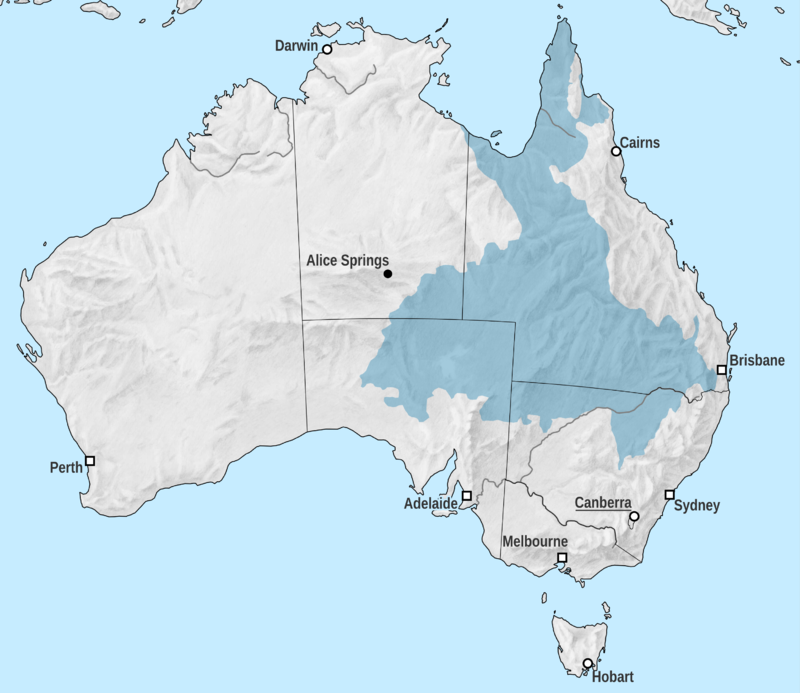
The town was named after the niece of Donald McIntyre (younger brother of Duncan McIntyre), the first white settler in the area. McIntyre took up a property called Dalgonally about 70 kilometres (43 mi) north of the present site of the town in 1864, only a few years after the ill-fated Burke and Wills expedition passed through the area. The township began life as a temporary terminus in 1907 when the railway was extended from Richmond to service the copper mines at Cloncurry.
Julia Creek Post Office opened by September 1910 (a receiving office had been open from 1907).
A one-room school was established in 1911 with nine students, and was expanded in 1932 and again in 1934. A separate high school was constructed in 1963. A sixteen-bed hospital was established in 1972. The town did not receive electricity until 1952.
The town’s main industries are farming, (especially the beef and wool industries), and mining, which is mainly centred on the South 32 mine at nearby Cannington. The town is a major centre for cattle sales and stock trucking, with a large saleyard and associated facilities. Prior to the expansion of the railway to the larger towns of Cloncurry and Mount Isa, the town was also a major transport hub for freight and passengers.
Julia Creek is also home to the Julia Creek dunnart which is now endangered because of feral animals (wild cats, dogs & foxes)

There is an interesting Museum that has artifacts from the history of the town and the best tourist information centre with video films about the town past and present and about the great artesian basin that makes the town such a great farming area.
The Great Artesian Basin, located in Australia, is the largest and deepest artesian basin in the world, stretching over 1,700,000 square kilometres (660,000 sq mi), with measured water temperatures ranging from 30–100 °C (86–212 °F). The basin provides the only source of fresh water through much of inland Australia.

The Basin underlies 22% of the continent, including the states and territories of Queensland (most of), the Northern Territory (the south-east corner of), South Australia (the north-east part of), and New South Wales (northern part of). The basin is 3,000 metres (9,800 ft) deep in places and is estimated to contain 64,900 cubic kilometres (15,600 cu mi) of groundwater.
The water of the GAB is held in a sandstone layer laid down by continental erosion of higher ground during the Triassic, Jurassic, and early Cretaceous periods. During a time when much of what is now inland Australia was below sea level, the sandstone was then covered by a layer of marine sedimentary rock shortly afterward, which formed a confining layer, thus trapping water in the sandstone aquifer. The eastern edge of the basin was uplifted when the Great Dividing Range formed. The other side was created from the landforms of the Central Eastern Lowlands and the Great Western Plateau to the west.
Most recharge water enters the rock formations from relatively high ground near the eastern edge of the basin (in Queensland and New South Wales) and very gradually flows toward the south and west.[6] A much smaller amount enters along the western margin in arid central Australia, flowing to the south and east. Because the sandstones are permeable, water gradually makes its way through the pores between the sand grains, flowing at a rate of one to five metres per year.
Discharge water eventually exits through a number of springs and seeps, mostly in the southern part of the basin. The age of the groundwater determined by carbon-14 and chlorine-36 measurements combined with hydraulic modelling ranges from several thousand years for the recharge areas in the north to nearly 2 million years in the south-western discharge zones.[7]

The Caravan park is really good right next door to the public pool and has a bush dinner on a monday night run by the local Lions Ladies that for $15 get you a roast dinner and a desert, bargain. Was about 160 people there when we had it.

